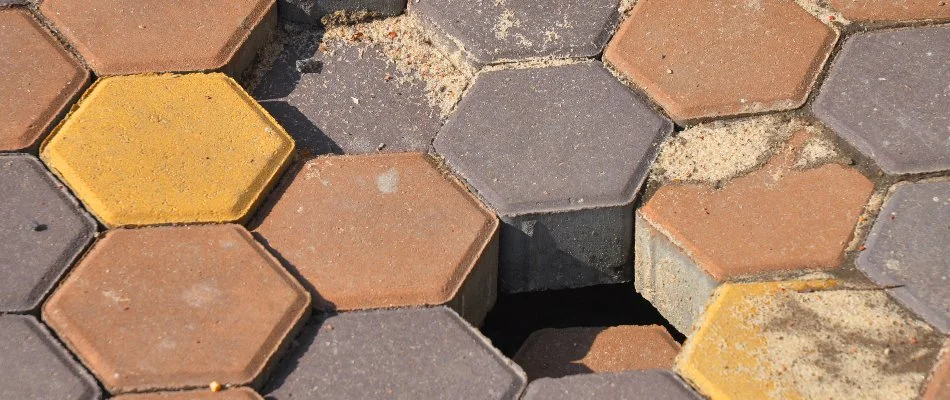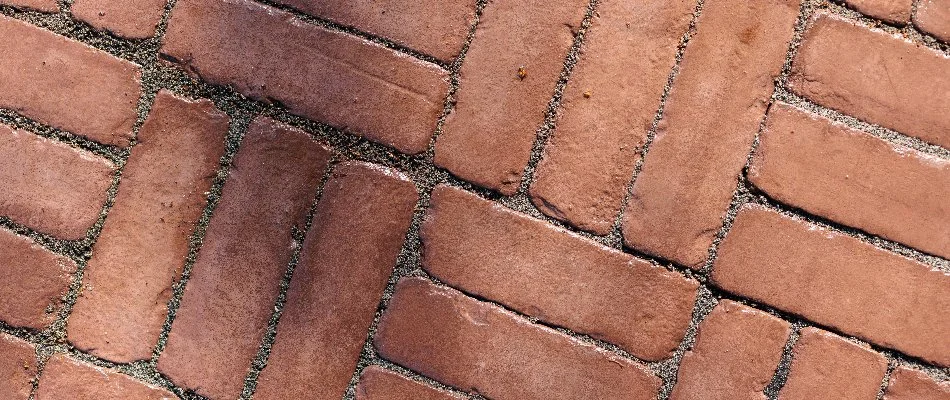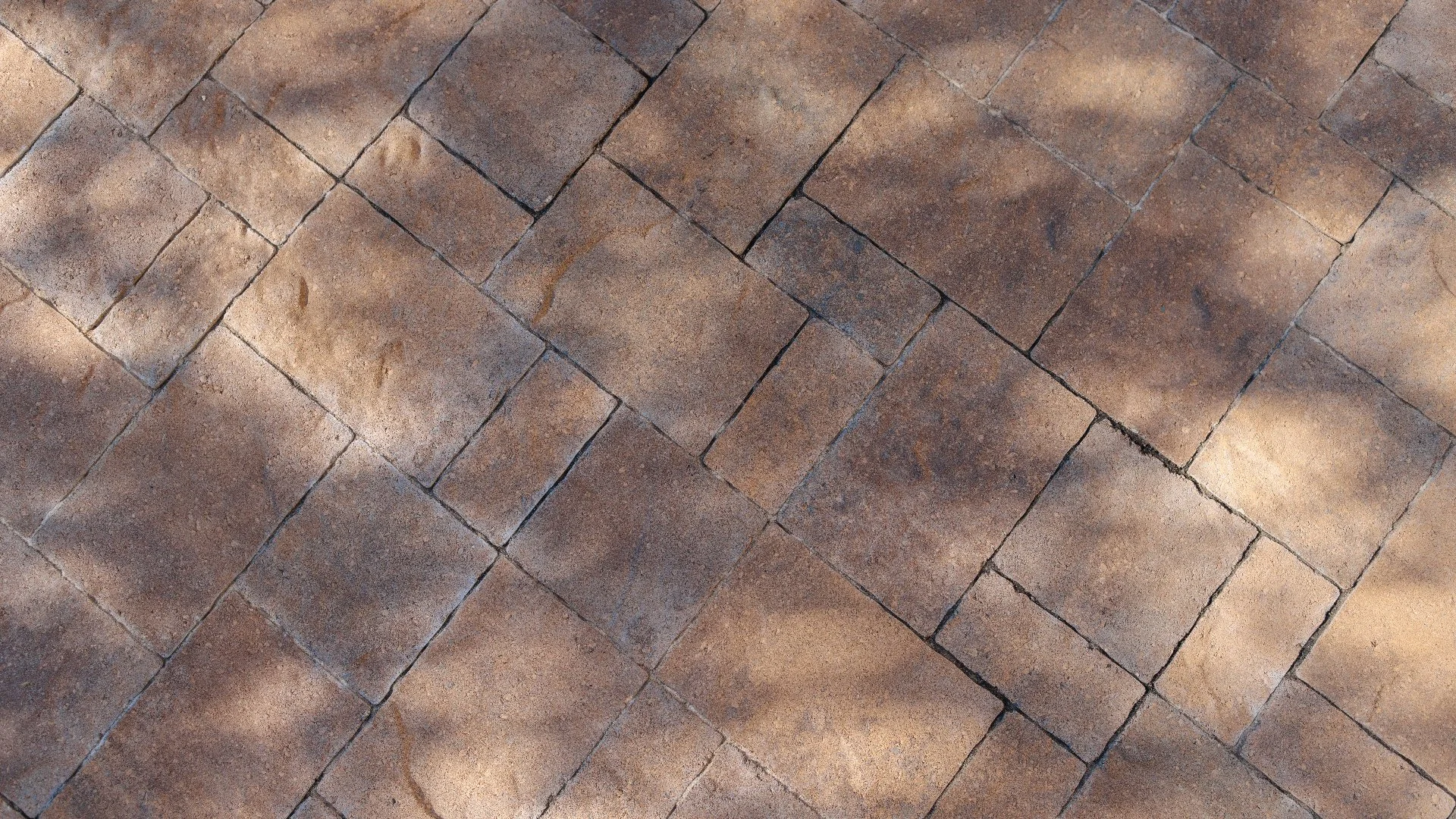A paver patio is a worthwhile addition to your outdoor living space in Nebraska, but it's best to avoid constructing it yourself because several things can go wrong. For example, your pavers can sink, rotate, or separate when you use the wrong base. They can also become uneven if you don't compact it or make sure that it's level. Additionally, dips and voids can be caused by not installing the bedding sand correctly, which helps your pavers settle and stay in place. Finally, your paver patio can become structurally unstable and begin to separate if you don't follow a secure laying pattern.
1. Your pavers can sink, rotate, and separate when you use the wrong base.

One of the biggest mistakes you can make while building a paver patio is using the wrong base material. The base is your patio's foundation and sets the stage for its longevity, so when you don't use the right one, the pavers can sink, rotate, and separate over time. It needs to be durable enough to withstand the weight of the pavers and foot traffic, plus have proper drainage.
2. Your pavers can sink and rise if you don't compact the base or make sure that it's level.
Another common mistake with DIY paver patio construction is not properly compacting the base and making sure it's level before adding the pavers. Doing this ensures it's tightly packed so the pavers have a stable foundation, but if you leave it loose, they will move with it, leading to them sinking and rising. Not only that, but an uneven base can lead to structural issues, and you'll be left with an improperly leveled patio.
3. Dips and voids can form in your paver patio if you don't install the bedding sand correctly.
Bedding sand is added atop the base to help the pavers settle and stay in place once they're installed. It also aids in creating a level foundation for your patio. However, dips and voids can occur if you don't install the bedding sand correctly. This issue happens because they can't settle firmly, and in addition to that, they won't have an even surface. As a result, your pavers will look uneven, forming these dips and voids in your patio.
4. Your paver patio can become structurally unstable if you don't use a secure laying pattern.

The final issue you can run into when constructing a paver patio yourself is not using a secure laying pattern. If you don't follow a laying pattern that ensures stability, it can compromise the structural integrity of your patio and cause it to separate. While paver patterns can enhance its aesthetic, it also aids in stabilizing it. Here are some durable options that create a secure foundation with interlocking pavers:
- Herringbone: Herringbone is created by arranging pavers in a zig-zag pattern, with each end meeting the side of another.
- Basketweave: This pattern is created by arranging two pavers vertically and two horizontally, creating the illusion of them weaving behind and in front of each other.
- Running Bond: This pattern is created by arranging pavers in offset rows so they're not directly set atop each other.
Call Us Today to Sign Up for Our Paver Patio Construction Service
Avoid a structurally weak, uneven paver patio by leaving construction to our team at UPL! With us, you can trust that we have the skills and know-how to install your patio right the first time, from using the correct base and compacting it to setting the bedding sand and following laying patterns that ensure stability. We offer our paver patio construction service to commercial and residential properties and HOAs in Omaha, Elkhorn, Gretna, NE, and nearby areas. Call us today at (402) 590-2040 to sign up!







Comments (0)
Thanks for your comment!
Thanks for your feedback! Your comments have been successfully submitted! Please note, all comments require admin approval prior to display.
Error submitting comment!
There is a problem with your comment, please see below and try again.